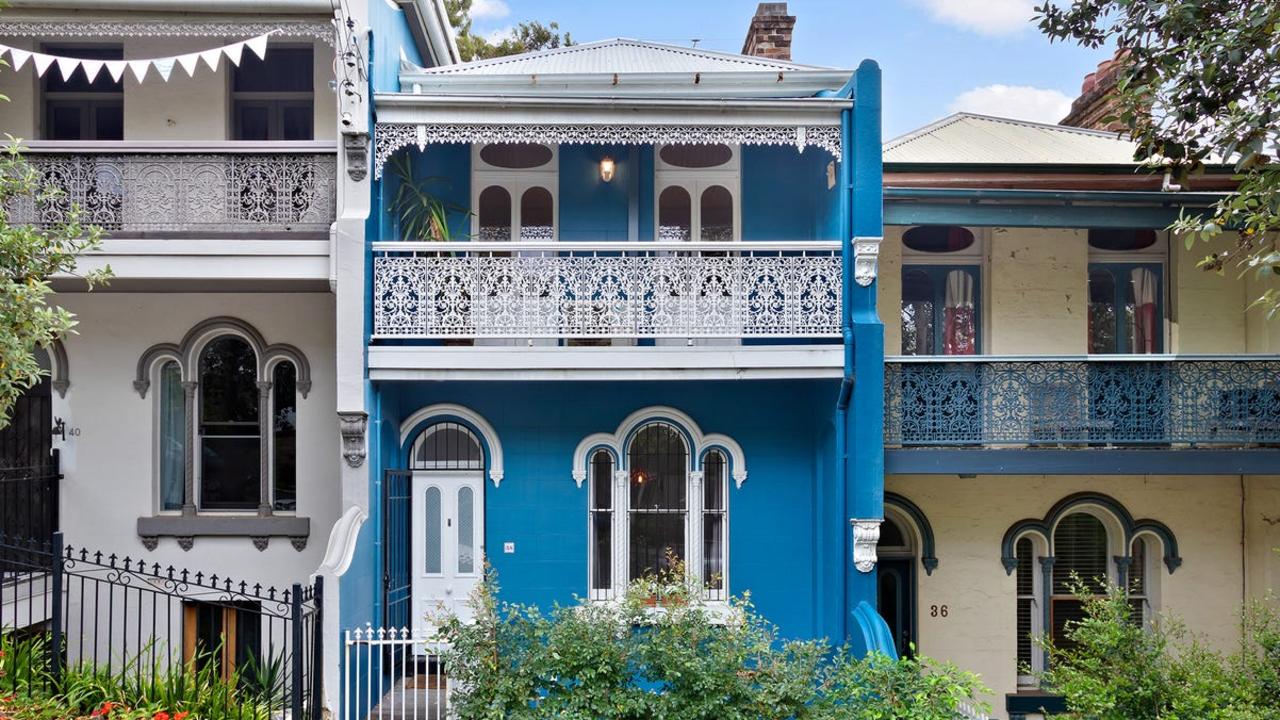NPWS invasive species program culls 341 horses and 321 other animals in Barrington Tops National Park
A state government-sanctioned mass cull of “invasive species” in a world heritage-listed national park has successfully killed more than 650 animals, including more than 300 wild horses.
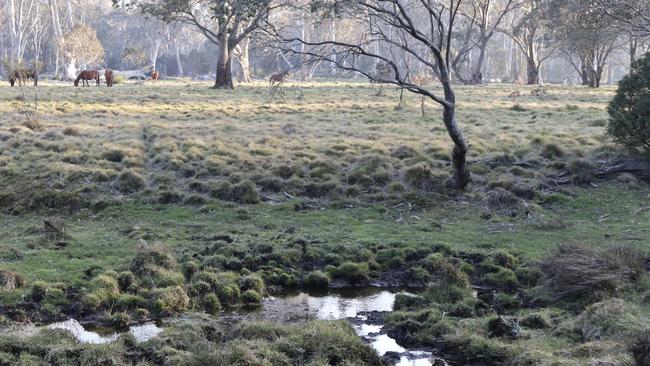
Newcastle
Don't miss out on the headlines from Newcastle. Followed categories will be added to My News.
The carcasses of hundreds of wild horses have been left to rot in parts of a world heritage-listed national park after aerial shooters were called in to cull the animals during a series of operations the state government says were needed to protect “globally significant ecosystems”.
The culling, the first of its type in Barrington Tops National Park since horses were first identified as a problematic invasive species 35 years ago, has taken place during several “operations” this year.
Authorities have confirmed 341 feral horses have been culled since January 1, together with 248 pigs and 73 other animals seen as “invasive species”.
The latest culling operation was last month, which shut parts of the popular park for four weeks as helicopters were used in the aerial shoot.
Although it follows the controversial culling programs in the equally-significant Kosciuszko National Park where over 17,000 brumbies once roamed, there has been little to no opposition to the culls.
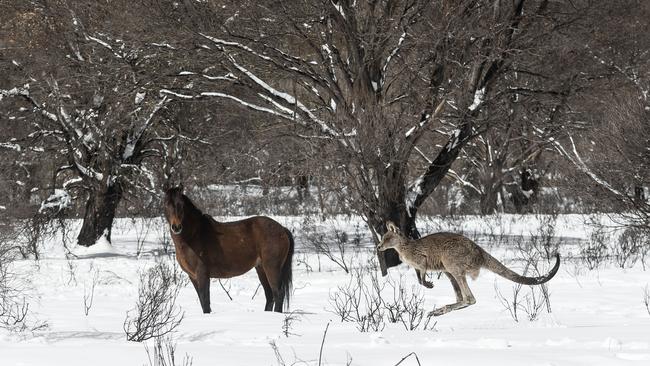
The number of horses which trample sections of Barrington Tops, north of Newcastle, has gradually increased in the past 30 years from an estimated 50 to populations of 500 – although surveys suggest it could have been as high as 1000.
The 2020 Black Summer bushfires, which ravaged large parts of the state, also gave the horses fresh access to once pristine areas of the park, damaging ecosystems which house multiple endangered native species.
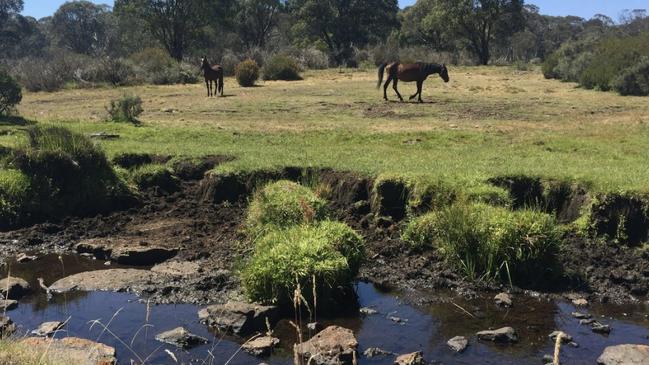
Authorities have also warned the increased horse population was a danger to park visitors, with a National Park and Wildlife spokesman saying the dangers included “incursions into campgrounds”.
In a 2024 NPWS report, aerial and land-based culling was identified as the preferred option to decrease the number of horses within the remote parts of Barrington Tops and “consistent with high animal welfare standards”, with carcasses left to rot where they fell unless they were in waterways or sensitive ecological areas.
However, the service said a possible “rehoming” operation, where horses could be trapped before being given to interested organisations or individuals, was still on the cards if there was enough interest.
The “limited” ground shooting operation was conducted earlier this year to remove horses “which posed risk to visitors” before the aerial operation last month, where shooters would fire seven rounds into the animal in a few seconds to kill it quickly.
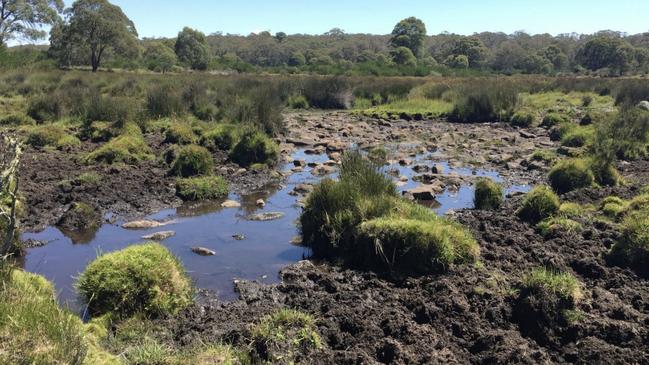
The spokesman said that there had been instances “in the past” where individual horses were removed and euthanised if they posed a safety risk to visitors.
“The most recent animal control program reduced invasive animal numbers in the fragile subalpine areas on the Barrington Tops plateau where they were having the greatest impact on the park’s natural, cultural and recreational values, including threatened species habitat and the World Heritage Area, as well as posing a threat to visitor safety (incursions into campgrounds etc),” the NPWS spokesman said.
“Ongoing control programs targeting invasive pigs, wild dogs, foxes, deer, horses and other species will be required to ensure invasive animal populations are reduced to zero, as far as practicable, to allow for the protection and conservation of the national park.
“NPWS will seek to determine if there is interest in rehoming horses from the park through an Expression of Interest process. If there is sufficient interest, NPWS will aim to conduct rehoming operations in 2025 in those areas of the park where trapping and removal of horses can occur. Trapping to provide horses for rehoming from the national park would be conducted in accordance with NPWS Standard Operating Procedures.”
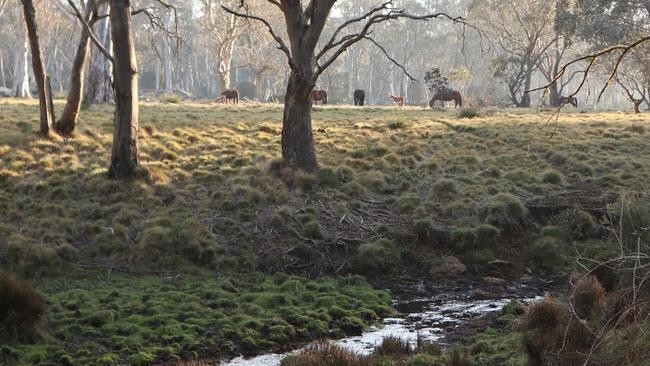
The Invasive Species Council welcomed the culling program, stating it was “a major step forward” in protecting the national park.
“After years of inaction on a rapidly growing feral horse problem, this is great news for our native wildlife in the Barrington Tops and the surrounding Gondwana Rainforest World Heritage areas,” Invasive Species Council Advocacy Director Jack Gough said in a statement on the council’s website.
“With the recent aerial cull, Barrington Tops is finally being freed from the relentless damage caused by a growing population of feral horses.
“The strong cross-party support from Labor, Liberals, Greens and independents for effective control, including through aerial shooting, reflects the strong public support for action to protect our wildlife and streams from being trashed, trampled and polluted by feral horses.
“For the first time in two decades, effective control of feral horses across NSW is back on the table. It’s fantastic to see real progress being made on the ground in Barrington Tops, as it is in Kosciuszko National Park.”



